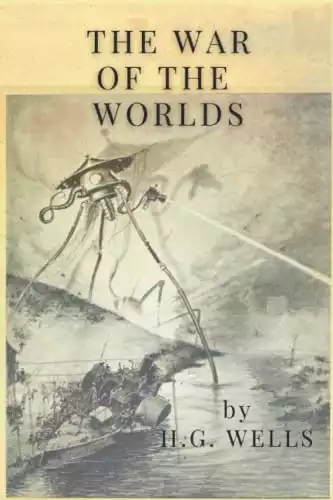What is prose in literature? Discover our expert guide with helpful prose examples and learn about the most impactful prose you can find in the literary world today.
Prose is any writing in an ordinary language without a rhyme scheme or formal metrical structure. Prose can take many forms, including short stories, poetry, and essays. When completing a prose piece, the organization of the words is essential to create a path the reader can follow. Still, there’s no need for lines to be of equal length or consider alliteration or other literary devices.
Prose follows the standard format of using sentences to build paragraphs. There’s a good chance your favorite novel, poem, or speech was written in prose format, as prose is the most common form of writing. When editing for grammar, we also recommend taking the time to improve the readability score of a piece of writing before publishing or submitting it. You might also be wondering, what is an iambic pentameter?
Contents
Different Types Of Prose
While prose is common and easy to find in literature, there are several categories into which prose can fall. Read our guide with writing advice from authors to build your writing confidence.
Short Stories
Many authors write in prose for short stories, allowing their characters to explain the story to the reader in ordinary language. Writing in prose can make it easier for readers to understand literary work. The familiar, everyday speech that prose-style short stories take on allows the author to focus on telling the story from their character’s point of view, helping readers understand their story’s world.
Prose Poetry
It can be challenging for poets to convey their ideas when they’re working to stick to a particular rhyme scheme, worrying about line breaks, or struggling to fit their work into a certain number of stanzas. Writing prose, free verse, and poetry allows poets to share their ideas in a way that makes sense to them and their readers rather than following a format set up by someone else.
Heroic Prose
This type of prose poem is meant to be passed down through oral tradition. Heroic prose tells the story of a key figure in a culture’s present or history and helps to ensure that a culture’s values are passed from one generation to the next.
Prose Fiction and Nonfictional Prose
The difference between prose fiction and nonfictional prose is simple: fiction tells stories created in the author’s imagination, while nonfiction prose tells stories of events in real life. Both types of prose can follow the natural flow of speech, making it easy for the reader to follow the storyline.
Newspaper Articles
Newspaper articles are often written in prose, with the reporter telling the story as it unfolded in real life, using language that follows how people usually speak.
Check out our canonical literature explainer.
Key Elements of Prose Literature

When writing prose, it’s essential to consider the key elements that will help bring your narrative to life for your reader. Whether you’re writing an article, a short story, a novel, a poem, or other types of writing, paying attention to the key elements of prose will allow your reader to imagine the world you’re creating with your writing entirely. Key elements of prose include:
- Character: Character development helps readers understand who plays a role in your story. While main character development is vital, you’ll also want to flesh out the other characters in your prose to help your readers understand how they interact. Be sure to help your reader see how your character grows and changes over time. There’s no need for your characters to stay stagnant–growth is a normal part of life, and working to show your readers how their experiences affect their personality and outlook on life can help them seem more real.
- Setting: Your reader needs to fully be able to picture the world you’re creating in your writing. Pay attention to what you see when you imagine your character’s world, and take plenty of time to describe their environment to your reader. Whether you’re describing a place that currently exists or a world that only exists in your imagination, developing the setting of your story can help your readers feel like they’re there, going through each experience you describe for your characters.
- Plot: Your plot is your storyline, and you’ll want to work carefully to be sure that your plot follows a clear path. When developing your plot, keep an eye out for plot holes, such as a character struggling with money suddenly being able to go on vacation. The more realistic your plot, the better your reader can identify with your story.
- Point of View: Decide whether you want to tell your story from a first-person, second-person, or third-person point of view. Many prose writers use the first-person point of view, allowing the characters to speak directly to the reader.
- Mood: What feeling do you want your readers to have as they enjoy your story? Perhaps you want them to feel inspired, or you want them to feel conflicted as they consider the hard truths that your character has to face as they grow and learn. The setting, character development, vocabulary choices, and writing style can all help your reader feel the mood you’re creating with your writing.
Examples Of Prose In Literature
1. Great Expectations by Charles Dickens
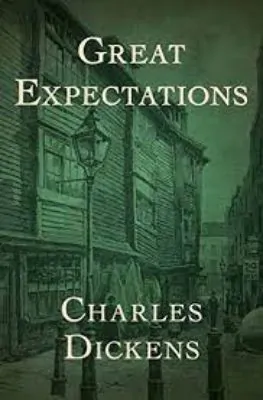
In this passage, Dickens expertly conveys one of the many difficulties of growing up–the fear of becoming someone you do not want to be. Many growing adults cling to the safety of youth, only to be overcome by the difficulties of adulthood that lead them to participate in the same behaviors they despise. Dickens’ prose writing style makes this passage relatable to readers, as they can feel the main character, Pip, baring his soul.
“Suffering has been stronger than all other teaching, and has taught me to understand what your heart used to be. I have been bent and broken, but – I hope – into a better shape.”
– Charles Dickens, Great Expectations
2. The Catcher in the Rye by J.D. Salinger
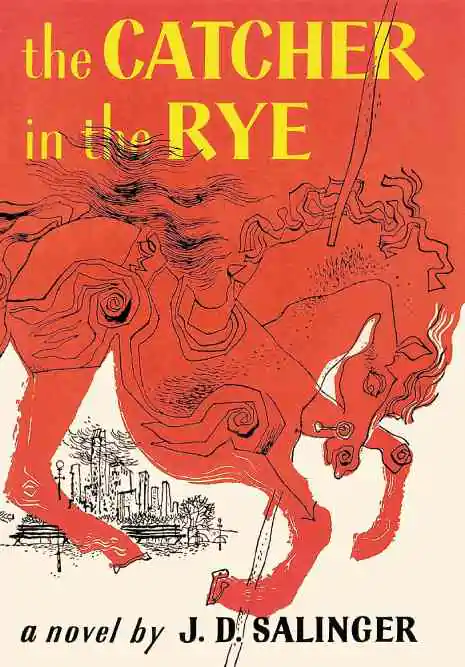
One of the many reasons Catcher is renowned as a classic is Salinger’s ability to convey protagonist Holden Caulfield’s thoughts to the reader clearly (but not concisely). Caulfield shares his story like many people find their inner voice working–taking tangents and roundabouts, exploring new ideas, and returning to old ideas. As a result, many readers feel they know Caulfield by the end of the novel, even though he’s a fictional character created by Salinger’s imagination.
“The mark of the immature man is that he wants to die nobly for a cause, while the mark of the mature man is that he wants to live humbly for one.”
J.D. Salinger, The Catcher in the Rye
3. The Masque of the Red Death by Edgar Allan Poe
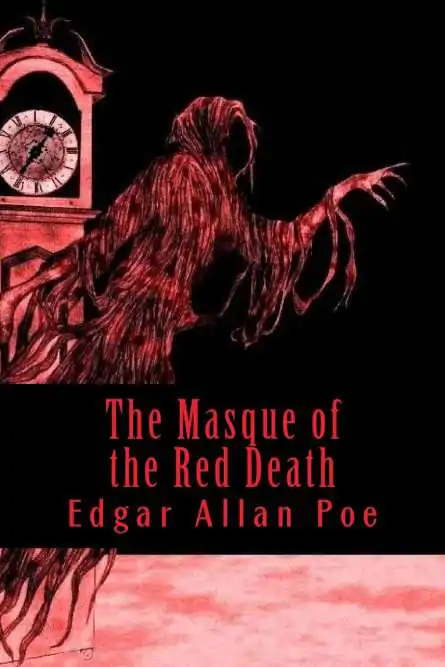
Known for creating macabre worlds that infuse readers’ nightmares, Poe’s ability to use everyday language to paint a clear picture continues to be envied by writers. In Masque, Poe helps the reader to understand the extravagance of the party he attends. The author’s detailed description leaves the reader with no questions about the party, allowing them to picture precisely how the scene appeared as partygoers met their brutal final fate.
“There are chords in the hearts of the most reckless which cannot be touched without emotion, even by the utterly lost, to whom life and death are equally jests, there are matters of which no jest can be made.”
Edgar Allan Poe, The Masque of the Red Death
4. The Hunger Games by Suzanne Collins
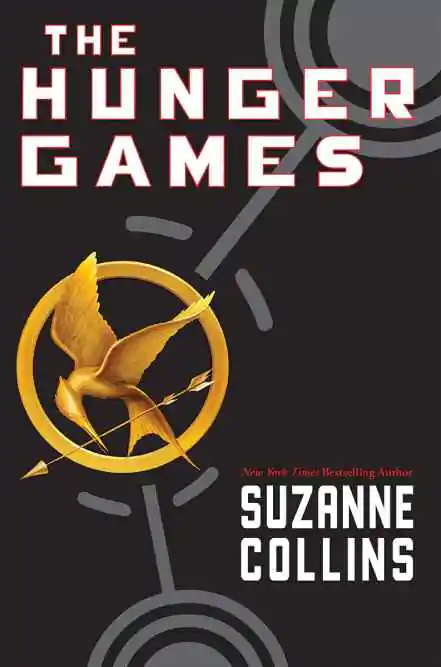
Moviegoers and book lovers alike are familiar with the plight of Katniss, the heroine of The Hunger Games series. In this passage, near the beginning of the series, readers get to know their protagonist and relate to her, similar to getting to know a real-life friend.
Katniss describes struggles in school, family issues, and trying to hide her true feelings, all shared by many. Collins’ use of prose makes it simple for readers to put themselves in the shoes of Katniss.
“And then he gives me a smile that just seems so genuinely sweet with just the right touch of shyness that unexpected warmth rushes through me.”
Suzanne Collins, The Hunger Games
5. A Tree Grows in Brooklyn by Betty Smith

The coming-of-age tale of a young New York girl is a testament to the strength of the human spirit. Smith expertly makes the reader feel as if the tree is a character in the story and returns to this metaphor several times throughout the novel.
The book’s protagonist, Francie Nolan, shares characteristics with the trees that survive in the harsh Brooklyn environment. In this novel, the protagonist does not speak directly to the reader. However, Smith writes so readers feel like they’re listening to a friend describe their life and hardships.
“Look at everything always as though you were seeing it either for the first or last time: Thus is your time on earth filled with glory.”
Betty Smith, A Tree Grows in Brooklyn
6. As You Like It by William Shakespeare
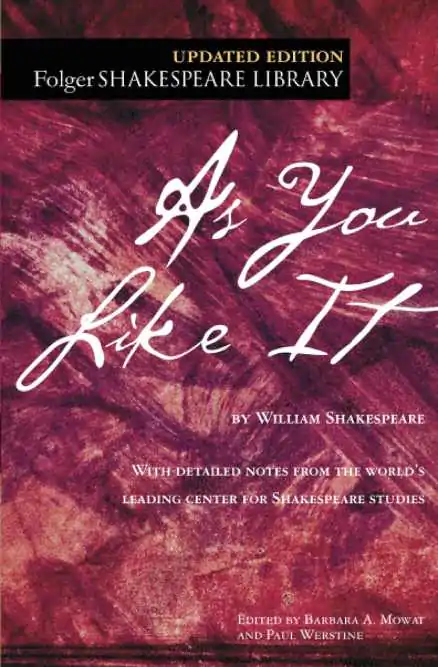
Shakespeare is one of the most prominent writers of all time, so he has many great examples of prose in literature. Skillfully using language to underscore social distinctions in his plays, he strategically uses prose and verse to show social status in As You Like It.
Characters from lower social classes typically communicate using prose, which is used to portray their unpretentious and straightforward mannerisms. In contrast, the upper class uses rhythmic verse with poetic form and descriptive language. The deliberate use of prose and verse creates a stark contrast between the characters, allowing the reader to understand the social status and characteristics portrayed.
“Time travels at different speeds for different people. I can tell you who time strolls for, who it trots for, who it gallops for, and who it stops cold for.”
William Shakespeare, As You Like It
7. The War of the Worlds by H.G. Wells
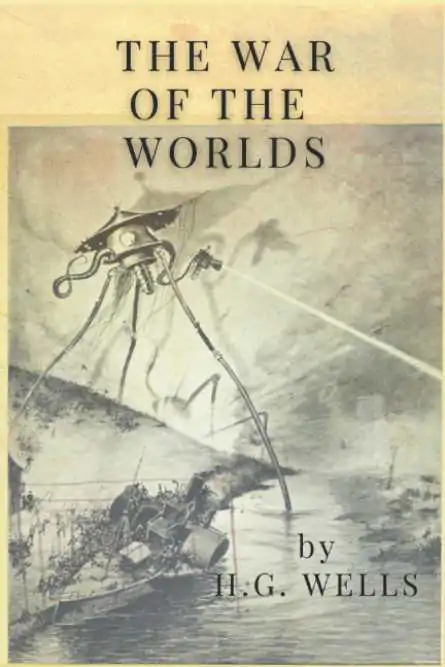
H.G. Wells is often called the “father of science fiction” due to his immense success as an author. His works span various genres, but he is best known for his speculative novels with compelling narrative and vivid characters.
In War of the World, Wells employs meticulously detailed prose to show the terrifying invasion by Martians. The captivating story is shown through descriptive prose that blends fiction and reality into one mesmerizing tale. To learn more, check out our guide on stream of consciousness poetry!
“Few people realize the immensity of vacancy in which the dust of the material universe swims.”
H.G. Wells, The War of the Worlds
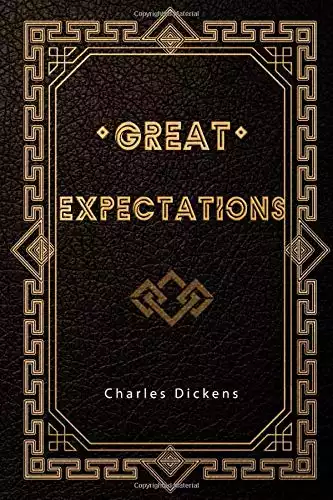
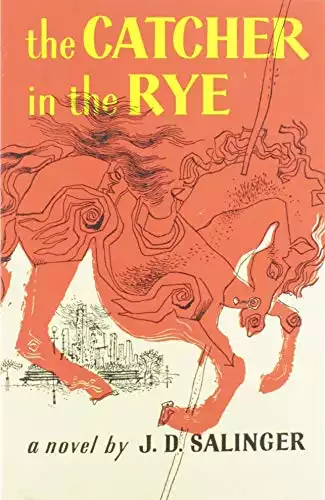
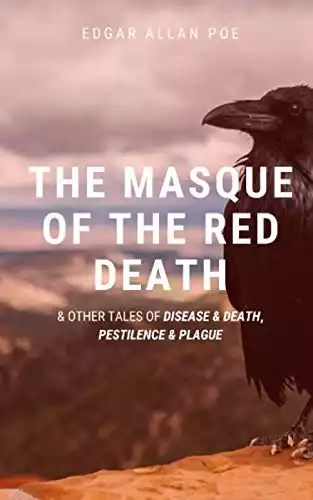
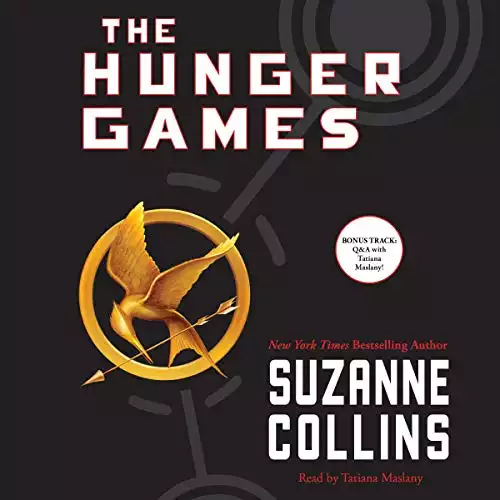
![A Tree Grows in Brooklyn [75th Anniversary Ed] (Perennial Classics)](https://becomeawritertoday.com/wp-content/uploads/2023/10/41HH0qsYzBL._SL500_.webp)

